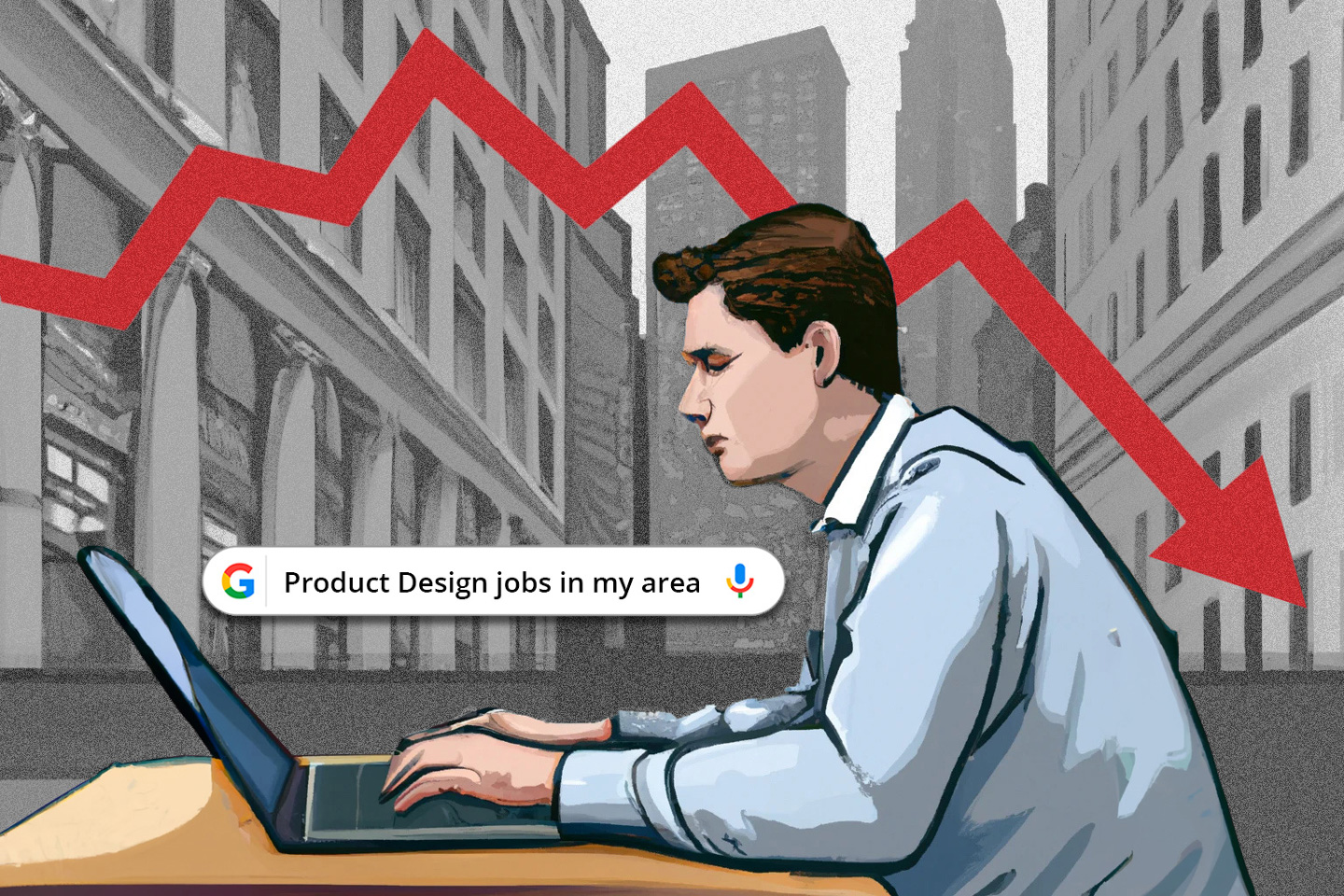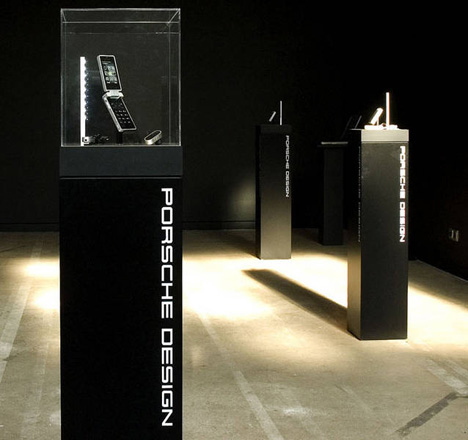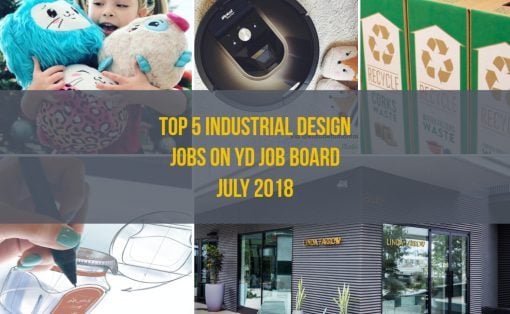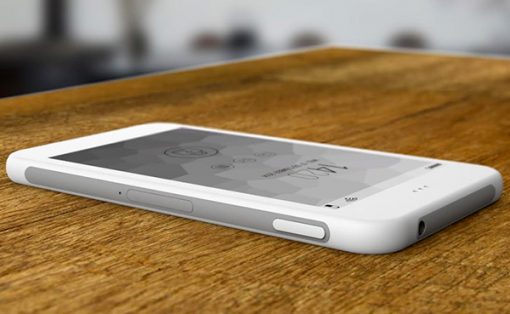
Let me paint a picture you might just be all too familiar with. Google, Tesla, and Meta announced hiring freezes just weeks apart from each other. The supply chain is still creating problems for companies and causing crucial delays in product deliveries. The global economy is in a weird gridlock, with the pandemic, the war, and political unrest causing a great deal of uncertainty. These aren’t conditions that are conducive to growth. Companies are more likely to scale back and become lean instead of bulking up and hiring new applicants, and if you’re a freelancer, chances are your clients just want to ride the wave without going bust instead of working on new projects and launching new products. It’s an extraordinarily difficult time for young creatives to find regular jobs, leave alone their dream ones. However, as difficult as that pill may be to swallow, here’s a silver lining – with a little planning and perseverance, you can find yourself good work, whether you’re a full-time employee or a freelancer.
Adversity is honestly a great learning tool because it gives you a reason to adapt. When you’re stuck in a rut, comfortable with what you’re doing, you’ve got no need to go into any sort of survival instinct. I’m not saying having a steady job is bad… on the contrary, it’s quite nice. However, the phrase ‘no pain no gain’ wasn’t just invented because the words rhyme, right? If you’re currently struggling to look for work opportunities or freelance opportunities, let me tell you about a trick that you probably use every day but forgot to use here – the design process. That’s right, the design process is for problem-solving, right? So why not use it to solve your unemployment problem? It just boils down to asking the right questions – in this economy, does this company need the skill set I’m providing? If not, what supplemental skill sets can I bring to the table to make myself more valuable to them? Is the company I’m applying/pitching to even thriving? If yes, will they be able to sustain their growth for at least the next 5 years while I’m around? Do they have more valuable competitors who can offer me something more substantial?
Once you’ve asked yourself these questions, it’s much easier to formulate strategies based on them. Here are a few such strategies I’ve found that work rather well.
Pick the path of least resistance.

Unique circumstances call for unique strategies.
This just might be the most no-nonsense strategy of all. Go for a job that’s easy to get, instead of one that’s much harder. Your primary goal here is to land a job that pays you well, not find your dream career. While that’s always great to have in the back of your mind, chasing your dream in a recession is like trying to eat a taco without making a mess – not going to happen. Press pause on that dream for now and find yourself a job in a company that’s thriving. This means you’ll have employment, you’ll most likely be compensated well, and more often than not, companies that are doing well have employees that are happy – although there are MANY exceptions to this rule.
So wait… How does one find a company that’s thriving? Whether a company will continue to grow in an economic recession is something that seasoned financial forecasters can’t accurately predict either, but there are two simple parameters that you need to look at. I call it the ‘Less Formula’, or basically looking for a company that has A. Less Competition, and B. Less Obstacles in their growth trajectory. Any company that fulfills those two criteria is most likely to be doing just fine. Here are a few examples with context.
Netflix – Up until recently, Netflix was riding a massive wave in the streaming business. Touted as the original streaming company, Netflix practically shifted the entire industry to streaming (much to the chagrin of Hollywood) and created the ‘binge culture’ (something HBO fought tooth and nail against). Now, Netflix is facing stiff competition from Hulu, Disney+, and Amazon Prime, among many others. In fact this is the first time in history Netflix has showed a decline in growth for two straight quarters. HOWEVER, when you evaluate Netflix through the lens of ‘obstacles’, Netflix has practically none. Once you’re in the app, you’ve got access to everything Netflix has to offer. There’s no supply chain shortage or chip shortage affecting Netflix’s distribution.
Apple – Contrary to popular belief, Apple’s competition isn’t really worth obsessing over. The trillion-dollar company has a massive chunk of the laptop market, the phone market, and is easily the undisputed dominator in the tablet space… BUT, they’ve got obstacles. Loads of them. The chip shortage causes problems for the company routinely (it’s also partially why Apple decided to just build their own chips after a point), and the supply chain crisis affects even the Cupertino giant. Moreover, the company’s global footprint sees its fair share of roadblocks – EU is forcing Apple to abandon the lightning charger, China’s incessant lockdowns are forcing Apple to move production to Taiwan and India.
To recap, companies that are well established in their space are less likely to have immense competition. This was the case for Netflix 5 years ago, but not so much now. Although Apple has stiff competition from Google in mobile and Microsoft in computing, they’re established enough to not be worried about the competition. However, where digital companies have an edge over physical ones is in distribution. It’s easier to bring an app to market than it is to design and manufacture a product. Digital services don’t have the kind of barriers physical products have. The supply chain doesn’t affect TikTok or Instagram.
A company’s size and location also play a pivotal role here. Small companies are lean to begin with, and if they pass the aforementioned test, they’re likely to be thriving and open to hiring talent. However, this becomes less likely if you’re applying to a small company that’s located overseas (although you didn’t need me to tell you that). Global companies, on the other hand, have much more capital and can hire en masse – but if they aren’t hiring globally (take Meta for example), chances are that their local counterparts are recruiting in small numbers. Either way, research leads to better outcomes – didn’t the design process teach us that?
You’re not a noun. You’re a verb.

I’m a designer. I design, research, analyze, strategize, build, execute.
There’s a wonderful quote by Stephen Fry that encapsulates what I’m talking about. Rather than butchering it, here’s the quote verbatim.
“We are not nouns, we are verbs. I am not a thing – an actor, a writer – I am a person who does things – I write, I act – and I never know what I am going to do next. I think you can be imprisoned if you think of yourself as a noun.” – Stephen Fry
The minute you put yourself in the bubble of an ‘industrial designer’ or a ‘UX designer’, you’re going to restrict your ability to find a job because you’ve now narrowed your vision. Instead, identify yourself by your skill sets, and that’ll help you find good, creatively fulfilling jobs in unexpected places. It’s much easier to look for opportunities ‘to design’ than it is to look for opportunities ‘for a designer’.
Your industrial design or graphic design skill set could just as well be used in the automotive industry or even in the aerospace industry. If you’re good at rendering, there’s absolutely nothing stopping you from working at/with literally any company that requires good rendering talent. This is also exactly how designers eventually progress to managerial positions – not all designers end up having MBA degrees… but it’s their skill set that allows them to take up these roles.
Do what you’re good at. Not what you’re passionate about.
In the above snippet, entrepreneur and billionaire Mark Cuban provides a rather valuable insight on the relationship between passion and career. Cuban realized earlier on that he was incredibly passionate about basketball, but he absolutely sucked while playing. Sure, he could spend years perfecting his technique, but instead, he doubled down on the things he was good at and amassed enough money to buy the Dallas Mavericks. “Nobody quits anything they’re good at… because it’s fun to be good”, Cuban says with a signature smirk. It’s a story I personally resonate with too, because I’ve always been passionate about industrial design, yet I’m much better at writing about design. In fact, I’ve been doing the latter for over 7 years now.
Here’s something you won’t hear too often. An employer doesn’t want to invest in your passion. They don’t care about your career trajectory – they care about what you bring to THEIR company. They’re hiring you for your skill set to help grow their business, not as a charity gig to help you follow your dreams. It’s a tough pill to swallow, but think about it… If you’re good at design research, your boss will hire you to do *surprise surprise* DESIGN RESEARCH. Makes sense, right?
When applying for a job, especially in a slow economy, it’s all about proving to your potential employer that you can deliver exactly what they need. In short, identify what you’re great at, and apply to companies looking for exactly that. There’s inherent job satisfaction in doing something you’re good at. Not only do you enjoy being good at something, your employer enjoys it too. So if you’re like me, passionate about designing, but better at writing about design instead, consider the latter. You’ll never work a day in your life because what you do for a living comes naturally to you. If you’re passionate about it too, double whammy!
Sustenance over explosive growth

It’s easier to retain 5 good clients than to try and satisfy 20 clients.
While a lot of those aforementioned points were targeted towards traditional job-hunting, this one is specifically for freelancers. Sure, a lot of the above strategies work really well (especially the part about being a verb, not a noun) but perhaps the most important strategy to survive an economic slump is to focus on sustenance rather than trying to put too much on your plate. Find and retain 5-6 good clients who’ll keep coming back for more, rather than trying to pitch to new clients.
I get that it isn’t so easy to simply just go out and find clients, but if you use the ‘Less Formula’ above, it’ll help you identify clients that are much easier to convert. Factor in multiple things while delivering your pitch – the amount of money you need to sustain, the amount of value you bring to the company, and the amount of time required for the project. This will help you land on a number that helps you weather the storm easily. Plus, depending on the quality of your output, a happy client is much more likely to accept your next pitch, creating a retainership model that allows you to have a steady source of income – a practice that’s popular in the social media industry too. Small-time influencers rotate the same 5-6 clients to keep their steady income flowing. It’s easier to maintain a healthy working relationship with 5 clients than to pitch to 20 clients and divide your attention between all of them, giving them less reason to come back for a second, third, or fourth project.
Final Bonus Tip – Debt is your worst enemy
It’s almost a knee-jerk reaction to think that you’re missing a skill set when you don’t immediately land the job you applied for. While I’m always encouraging of skill building, don’t let this be the sole reason you decide to study further. It’s a TERRIBLE idea to put yourself in more debt because you’re not getting the job you want. If you DO feel like you’re missing a crucial skill set, find ways of acquiring it without spending more money. Incurring debt at a young age is a terrible way to start your career so find ways to learn without needing to spend valuable money and time at school. A skill isn’t measured by whether you have a degree in it. It’s measured by how good you are.
To conclude, all these strategies should help you create a much more concrete and foolproof game plan that doesn’t involve simply shooting in the dark and expecting to land a job. If you can design products and solutions that solve other people’s problems, you can also use the same design process to solve your own problems! Right?!






